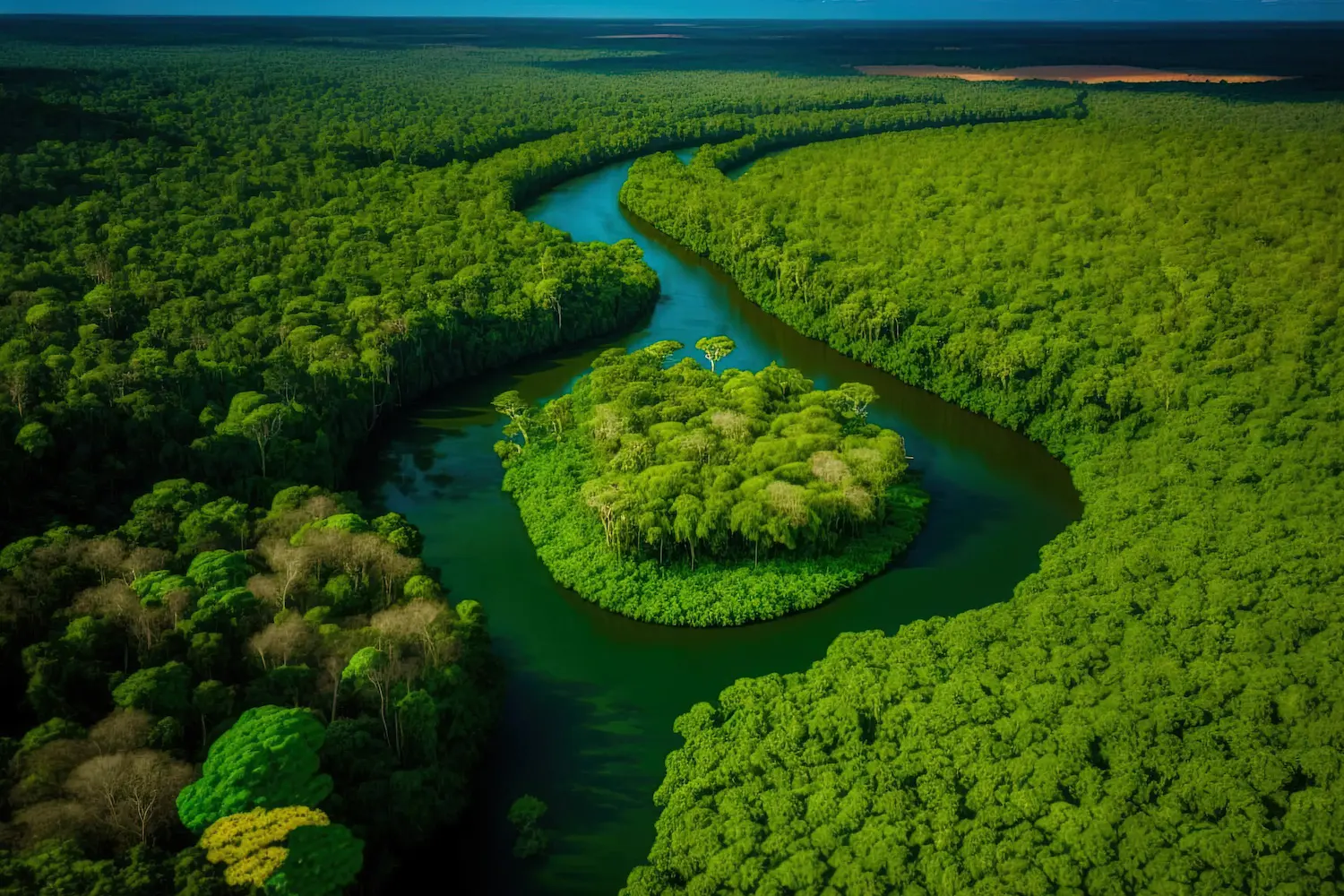The quickly rising human population number and its consistently growing demands on the environment have profound implications for global biodiversity. As the world’s population continues to grow, especially in biodiverse regions, the pressure on ecosystems gets bigger and bigger, often leading to a decline in biodiversity. This relationship is complex, influenced by factors such as land use, resource consumption, and climate change.

One of the most direct effects of population growth on biodiversity is habitat loss and fragmentation. Expanding urban areas, agriculture, and infrastructure development often lead to the destruction or alteration of natural habitats. For instance, tropical forests, which are home to a significant portion of the world’s biodiversity, are being deforested at an alarming rate to make room for agricultural expansion and urban development. This loss of habitat not only reduces the number of species that can survive in these areas but also fragments populations, making them more vulnerable to extinction.
Increased human population results in heightened demand for natural resources such as food, water, and raw materials. This demand often leads to overfishing, overhunting, and overharvesting of plants, directly impacting species populations and ecosystems. For example, overfishing has led to the decline of numerous fish species around the world, disrupting marine food chains and ecosystems.
Population growth contributes to higher levels of pollution and accelerates climate change, both of which have significant impacts on biodiversity. Emissions from industrial activities, transportation, and energy production, largely driven by a growing population, lead to climate change, which alters habitats and forces species to migrate to new areas, sometimes leading to further conflicts with other human populations. Pollution, including plastic waste in oceans and chemical runoff from agriculture, further deteriorates habitats and harms a wide range of species, both on land an in the sea.
The movement of people around the globe has inadvertently led to the introduction of invasive species in various ecosystems. These species often outcompete native species for resources, leading to a decline in native biodiversity. The spread of invasive species is exacerbated by global trade and travel, which are indirectly linked to population growth.
The loss of biodiversity due to population growth has a ripple effect, impacting ecological systems such as pollination, water purification, and climate regulation, which are essential for human survival and well-being. The decline in biodiversity can lead to the collapse of ecosystems, which can have serious consequences for both wildlife and human populations.
In conclusion, the impact of population growth on biodiversity is profound and multifaceted, encompassing habitat loss, overexploitation of resources, climate change, pollution, and the spread of invasive species. These factors, individually and collectively, pose significant threats to the world’s ecosystems and the rich diversity of life they support. As human populations continue to expand, the pressure on natural habitats and resources intensifies.
© 2025 - World Population Limitation Movement | Website by Donkeys & Co.